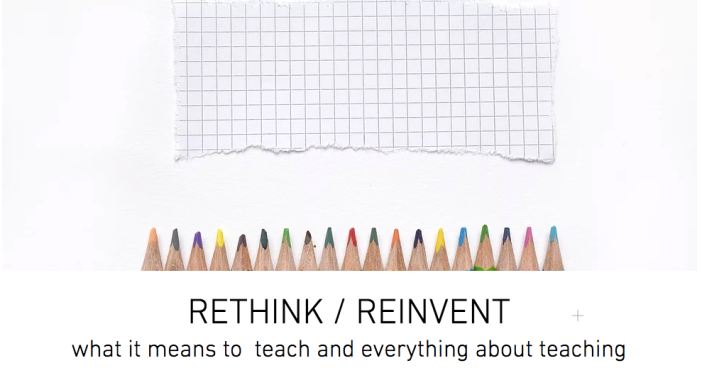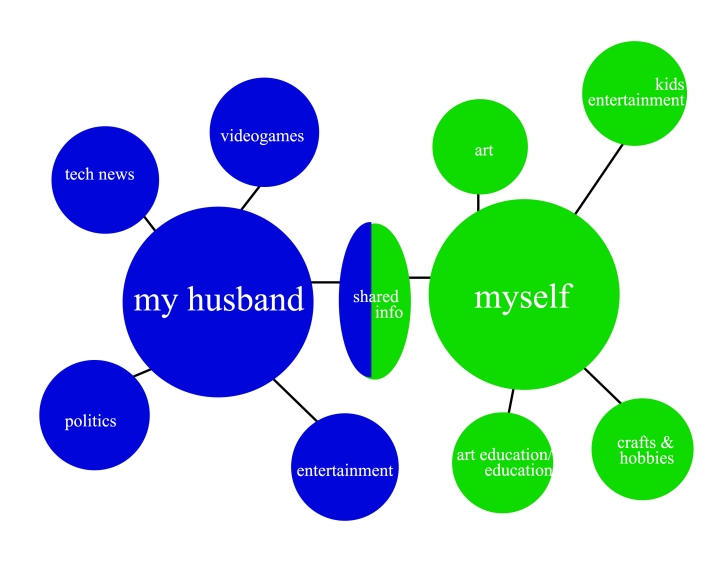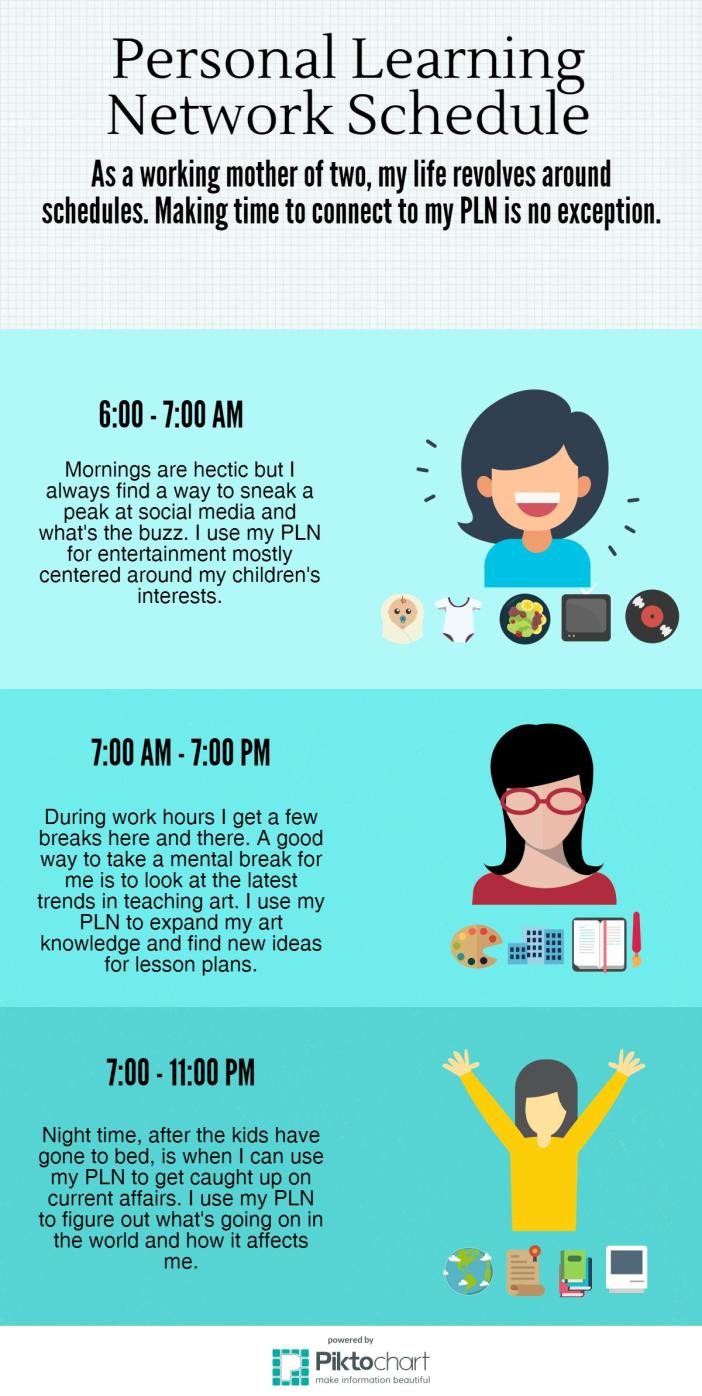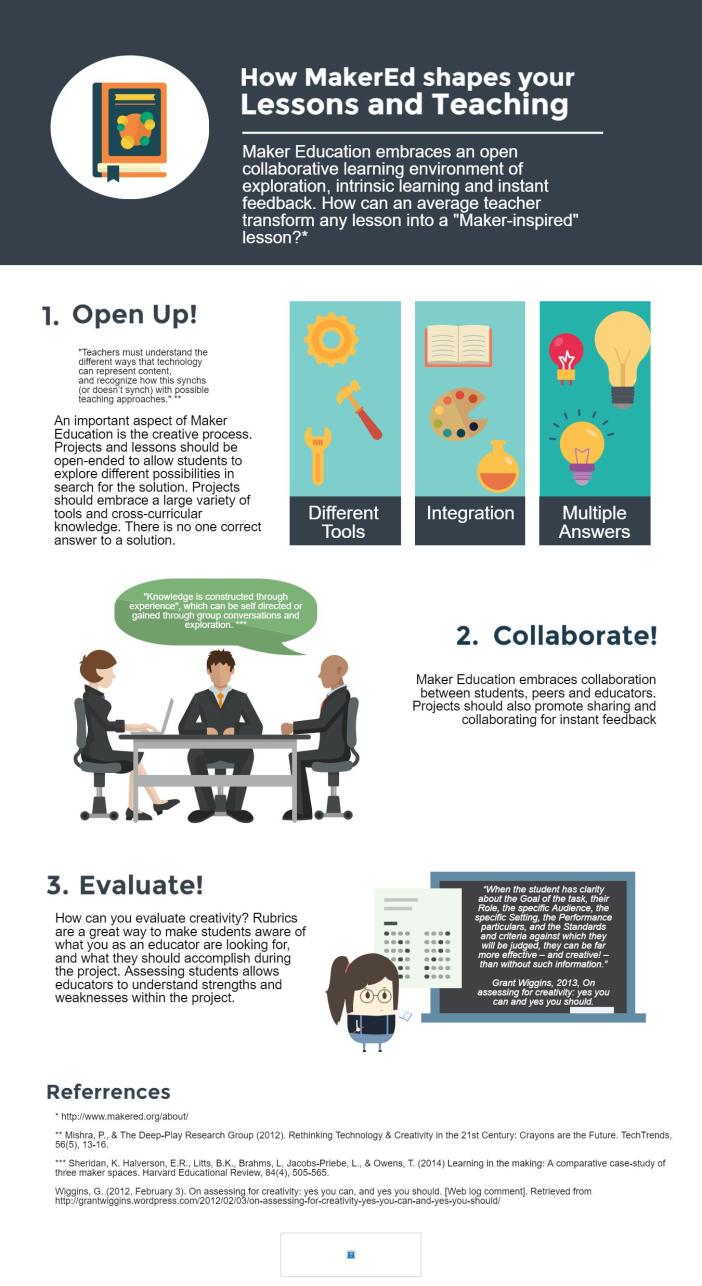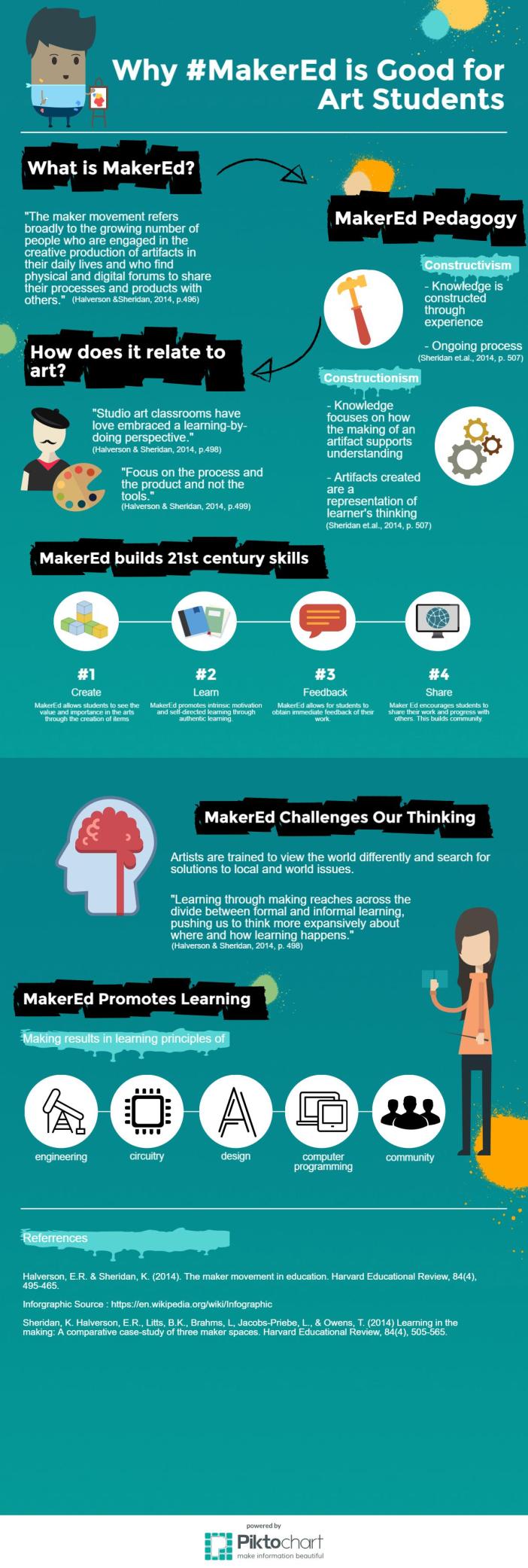If we are at a party together, I’ll be in the corner watching.
If I need to explain something to you, I’ll just draw it out for you.
If I need to think about something, I’ll close my eyes so I can visualize my solution.
From a young age, I have been a quiet observer. Always the artistic one with another crazy idea or story just ready to be painted or sculpted. Art has always been a way to express myself. I have used art to help in every aspect of my life. I find myself extremely lucky and privileged to be able to teach students how to use art to help question life, communicate and express themselves and even problem solve everyday tasks.
Thomas L. Friedman discussed his philosophy on approaching education and learning. It’s a fitting read after exploring the wicked question of rethinking education and learning. In his article, Friedman defines the different quotients of passion quotient (P.Q.), curiosity quotient (C.Q.) and intelligence quotient (I.Q.). As the labels suggest, passion quotient relates to your desire to learn and curiosity quotient relates to your interest in learning. Your P.Q. and C.Q. directly affect your ability to learn and teach. Berger indicated in his book, A More Beautiful Question, that questioning helps guide our curiosity and is the foundation of our learning.
Art forces the viewer to question the norms of society. In order for art to be provoking, the artist must first question their surroundings and express their opinions. Passion and curiosity are defining characteristics of most artists. In my classroom, I refer to my students as artists. I want to instill the desire to bravery to question in each of my students. There is no right or wrong in my classroom as long as you are asking questions and exploring. Technology has broaden the horizon of my students in a way that I could never imagine back when I was an elementary student. With all the forms of technology available to my students, they are able to virtually visit other countries, view artwork that is on display from all over the globe, connect with other students and obtain copious amount of information at a click of a mouse or a touch screen. These tech tools are powerful and provide my students with the ability to question life and create amazing artwork.
As an educator, I will work tirelessly on finding new ways for my students to express themselves and most importantly question the world. As I grow as an artist, student and educator, I forward newly obtained knowledge to my students. I am their mentor, guide and advocate.
References:
Friedman, T. L. (2013, January 29). It’s P.Q. and C.Q. as Much as I.Q. Retrieved March 02, 2017, from http://www.nytimes.com/2013/01/30/opinion/friedman-its-pq-and-cq-as-much-as-iq.html

